Disclaimer: This post contains affiliate links. If you click through and make a purchase, I may receive a small commission (at no additional cost to you). This helps support and run my blog. I only recommend products I personally use and love. Thank you for your support.
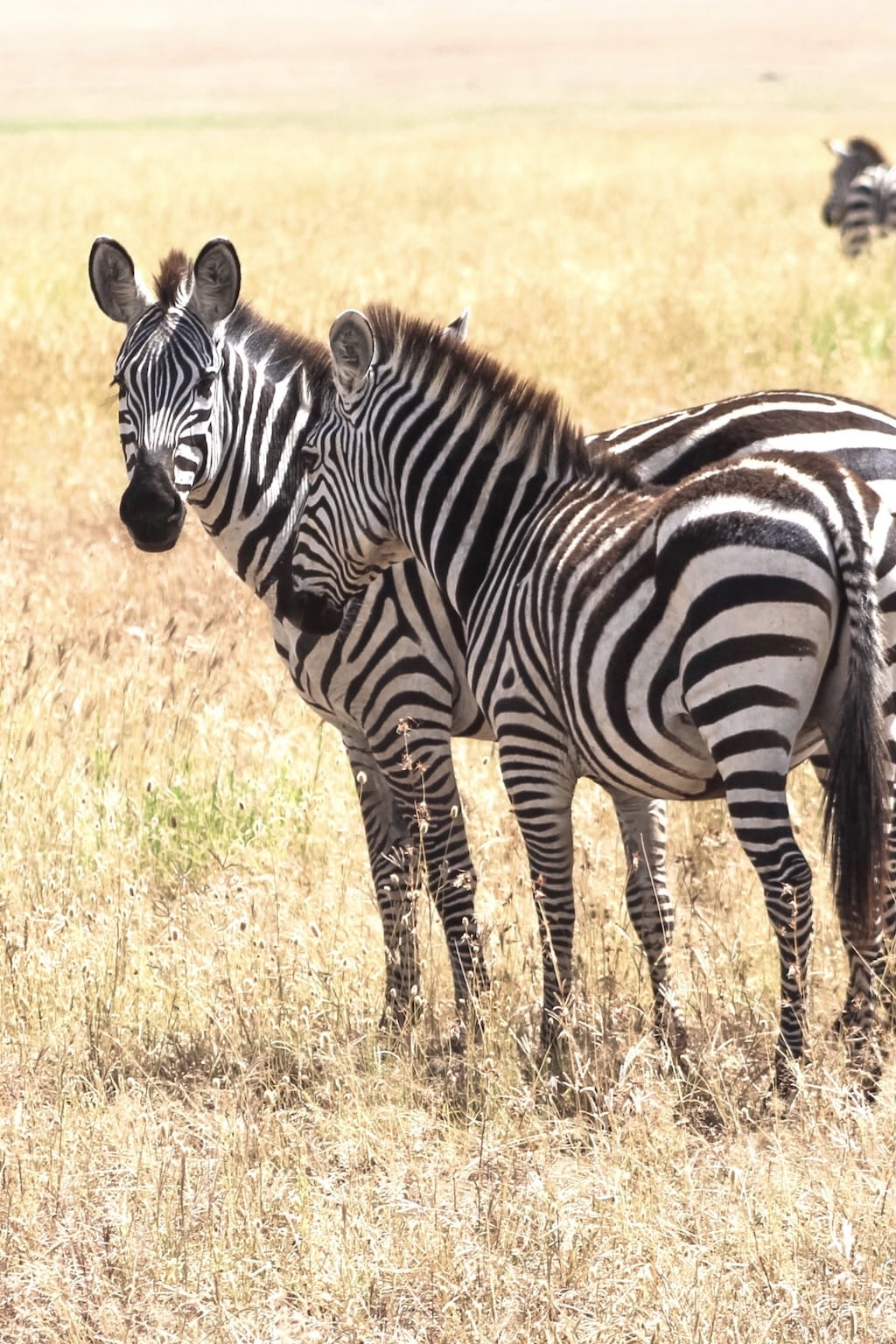
An African safari isn’t your typical travel experience. It can be life-changing and is truly unlike anything else. Tanzania is arguably the best safari destination in the world. It’s the largest country in East Africa and is made up of amazing landscapes and diverse ecosystems. A safari is an incredible experience, but it can also be an intimidating one.
There are so many unknowns for a first-time safari-goer. Don’t let that deter you from checking this magical experience off your bucket list though. I began planning my trip to Tanzania months in advance and as time went by and my safari quickly approached, I was both excited and somewhat nervous. I had done a fair amount of research but was left with so many questions. Continue reading to find out what to expect on safari in Tanzania.
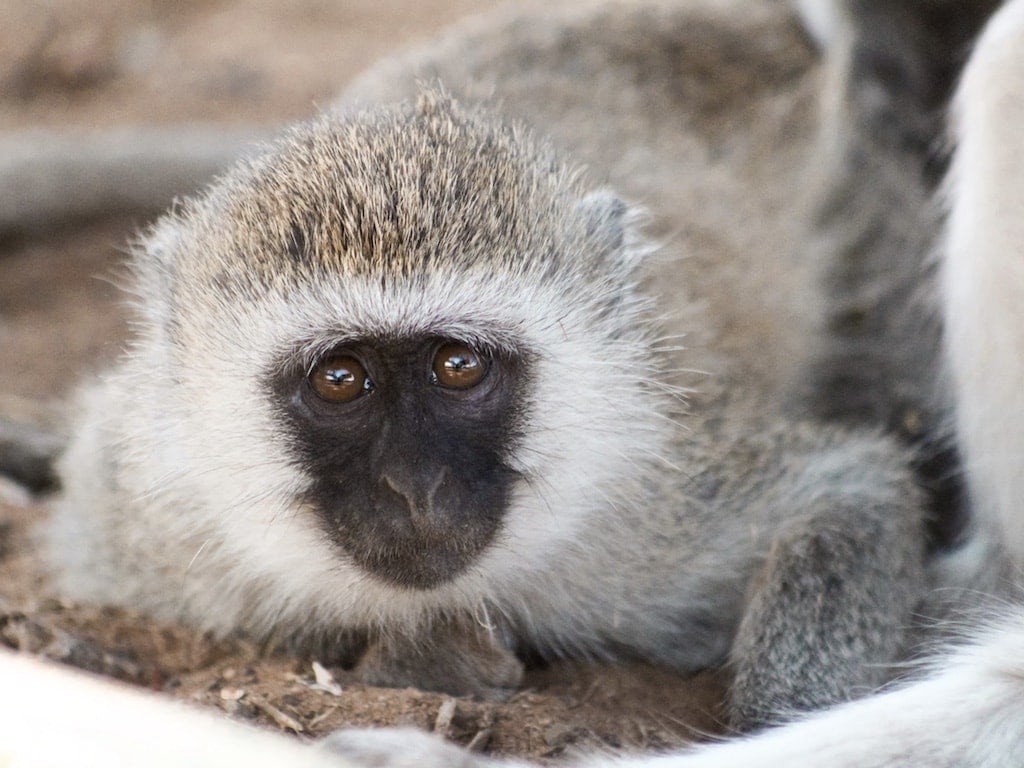
What to Expect on Safari:
How to Get to Safari
Most safari companies in Tanzania are based out of Arusha. Arusha is one of Tanzania’s largest cities and you will likely spend a night there before and/ or after your safari. The closest airport is Kilimanjaro International Airport (KIA) which is located about 45 km (28 mi) from Arusha. I suggest arriving in Arusha the day before your safari so you will be well-rested for your adventure.
Our safari operator, Gosheni Safaris, met us upon arrival at the airport. However, you can also be picked up from your hotel in Arusha. We made a quick stop at their office to complete some paperwork, met our guide, and were on the road by 10 am. The drive to our first destination, Tarangire National Park, was a long but beautiful one. It took a little over three hours but the scenery was gorgeous and I enjoyed seeing what life was like in the towns we passed through.
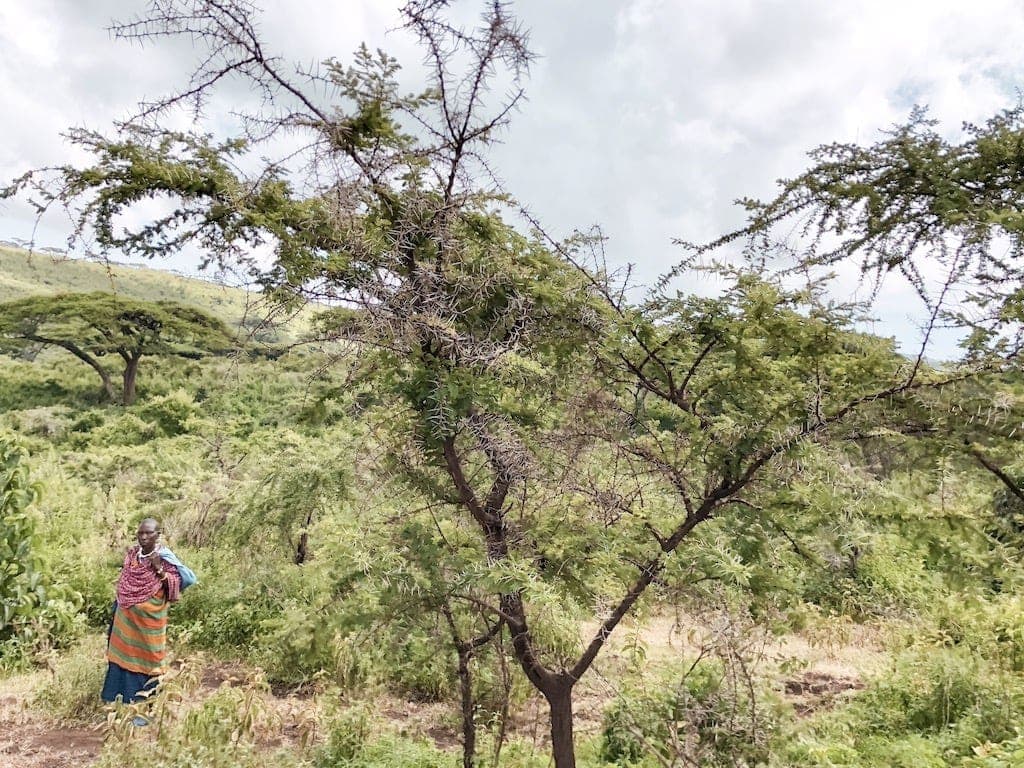
The Big Five
You will hear a lot about the Big Five leading up to and on your safari in Tanzania. The term Big Five originally came about during the days of big game hunting and refers to the five most difficult animals to hunt on foot. Today they are the most sought-after photographic safari sightings. The Big Five include the lion, leopard, elephant, rhinoceros, and buffalo.
Our guide, Zebby was amazing. I don’t know how he did it, but he was able to spot animals from what seemed like miles away. He was also very knowledgeable about each one and I was able to learn a lot from him. I saw four of the Big Five within the first two days of my safari and on the fourth day, I was able to see the fifth and most difficult, the rhinoceros.
The Big Five may be the most popular with safari-goers but many of Tanzania’s other animals are just as beautiful and fascinating. Others that you can expect to see are giraffes, hyenas, hippos, wildebeest, warthogs, jackals, zebras, cheetahs, gazelles, crocodiles, monkeys, many beautiful bird species, and the list goes on. Everywhere I looked there was animal life. Sit back, enjoy it, and try not to worry too much about seeing the Big Five.
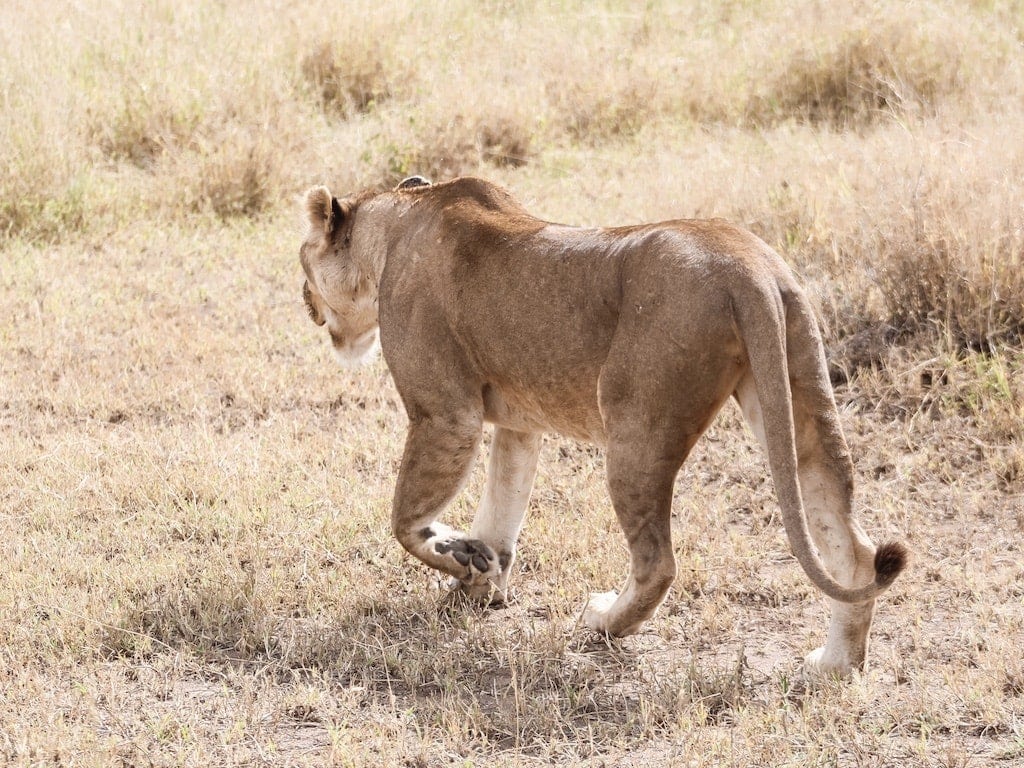
Game Drives
A game drive is the most popular way to see wildlife and will be the highlight of your safari. As the name suggests, a game drive is when you go on a drive in search of game, or wildlife. A 4×4 vehicle is used to drive through the parks in search of all sorts of incredible creatures. Each day of your safari will likely include a morning and afternoon drive. If you are on a private safari, the length of a game drive can vary, and is ultimately up to you. I recommend taking full advantage of this and spending as much time as you can in the parks.
Our game drives with Gosheni Safaris lasted the majority of the day. The drives began at roughly 8 a.m. and ended at dusk, with a short break for lunch. They were long days but amazing ones and went by surprisingly quickly. You can expect to be in the vehicle for most of the day. Some of the parks have designated picnic areas but in many parts, it is not safe to roam around on foot due to the amount of wildlife. Make sure you bring a camera and binoculars on your drives.
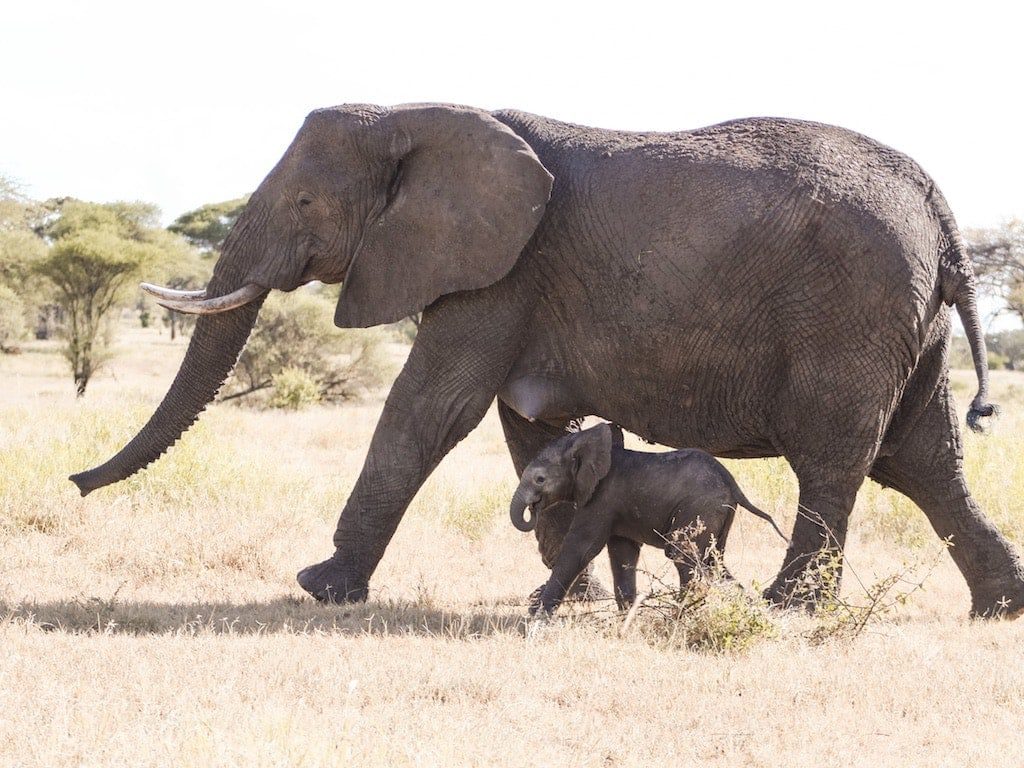
Safari Vehicles
I chose to book a private safari with Gosheni. My friend and I wanted a somewhat more personal experience and didn’t want to feel the constraints of a group tour. We also wanted to be comfortable on our drives. Our safari vehicle was a newer Toyota Landcruiser. It was clean, well-kept, and very roomy. Being that it was just the two of us, we had a lot of space to move about the vehicle.
The Landcruiser had large windows on both sides of the vehicle and a roof that popped up, making it easy to take great photos. It was also equipped with a power inverter to charge electronics and a cooler stocked with bottled water.
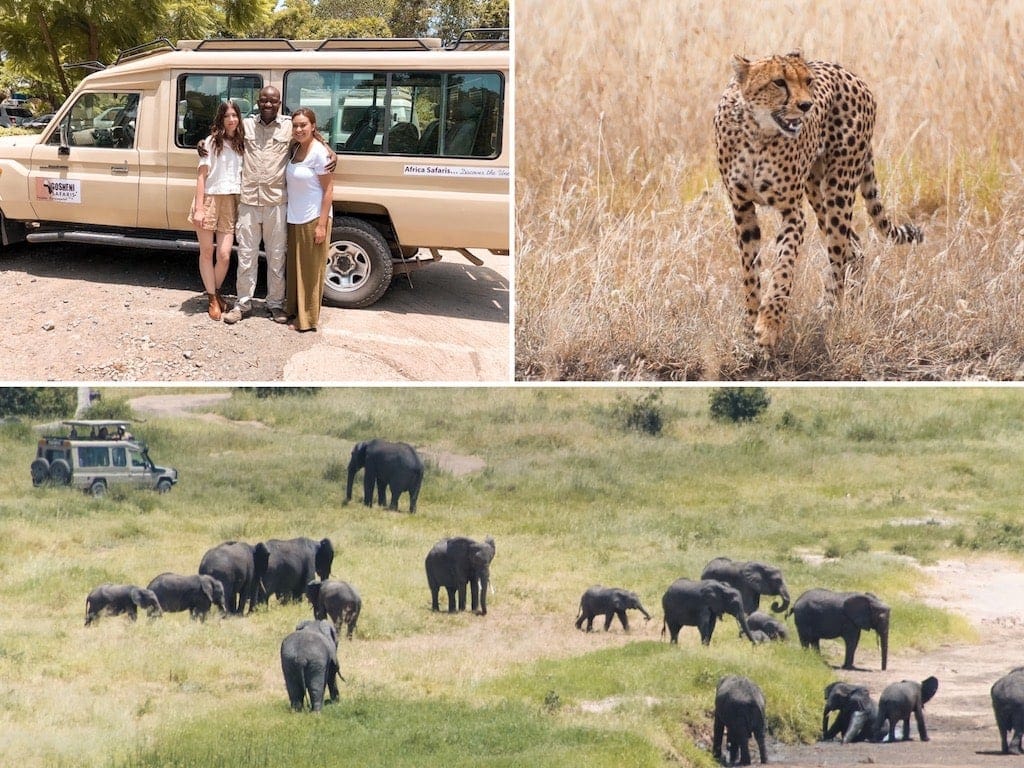
Safari Lodges
There are a variety of safari accommodations available which include campgrounds, budget lodges, and luxury lodges. Most safari operators have existing relationships with certain lodges and camps and will provide you with a handful of options to choose from upon booking. You won’t find yourself with much downtime while on safari, so where you stay isn’t of the utmost importance.
I chose a mid-luxury safari with Gosheni, which included a mix of budget and luxury camps/lodges. All of my accommodations were clean and comfortable, surrounded by gorgeous landscapes, and had a hospitable staff. Everyone I encountered was friendly and went out of their way to make my stay the best possible.
Each day of my safari was spent at a different park so I changed lodges daily. As soon as it started to get dark, we would end our game drive for the day and head to the lodge. Game drives can be very dusty, especially during the dry season. You’ll definitely want a shower before dinner. The days can be exhausting and most nights are spent relaxing. You’ll likely want to go to bed fairly early. If you do find yourself with downtime, some of the lodges have pools and spas.
Most lodges provide a buffet-style breakfast and dinner. They were all pretty tasty, with some being better than others. The lodges also supply a box lunch to take on your game drives each day. The box lunches are simple foods that can last hours while in a vehicle. I recommend eating a filling and healthy breakfast beforehand.
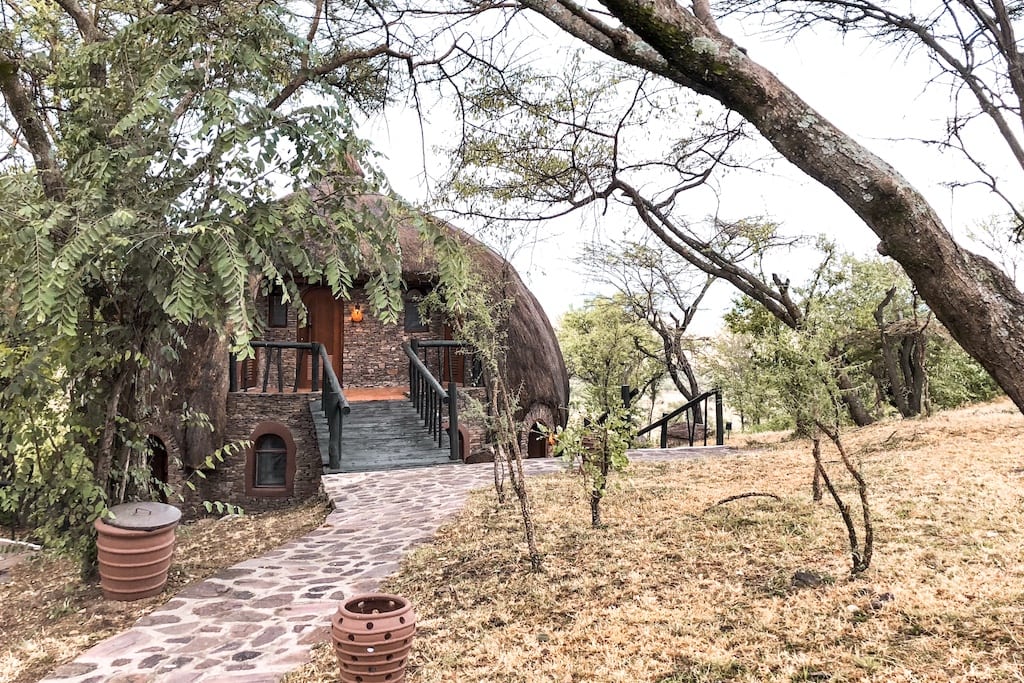
The Safari Circuits
Tanzania is home to many beautiful national parks and game reserves. The safari circuit is so large and has so much to choose from that it has been split into two circuits: the Northern Circuit and the Southern Circuit. The Northern Circuit includes the world-famous Serengeti National Park and Ngorongoro Crater as well as the lesser-known Tarangire National Park and Lake Manyara National Park. The Northern Circuit is the more popular circuit with travelers, mainly due to its large concentration of wildlife. The Big Five can be spotted within the Northern Circuit and during certain months it’s possible to see the Great Migration, the movement of millions of wildebeest plus hundreds of thousands of zebra.
The Southern Circuit is closer to Tanzania’s southern border and the city of Dar Es Salaam. It includes Selous Game Reserve, Ruaha National Park, Katavi National Park, and Mahale National Park. The Southern circuit is much more remote than the Northern. Many of the parks are not accessible by road and can only be reached by plane. For this reason, there are far fewer visitors and it’s a much more intimate safari experience. There are more walking safaris offered on the Southern Circuit; however, it is not possible to see all of the Big Five.
I chose the Northern Circuit and booked a five-day/four-night safari with Gosheni. The best parks to visit are largely determined by the season. Gosheni can customize your safari to your liking but will also gladly assist you in choosing which parks to visit. I wanted to see as much as I could in the short amount of time that I had. This meant game drives in four different areas, one on each day and the last day spent returning to Arusha. Although I probably could have seen a sufficient amount of wildlife within just two of Tanzania’s parks, I’m glad I got to experience more of them. Each park is different and special in its own way.
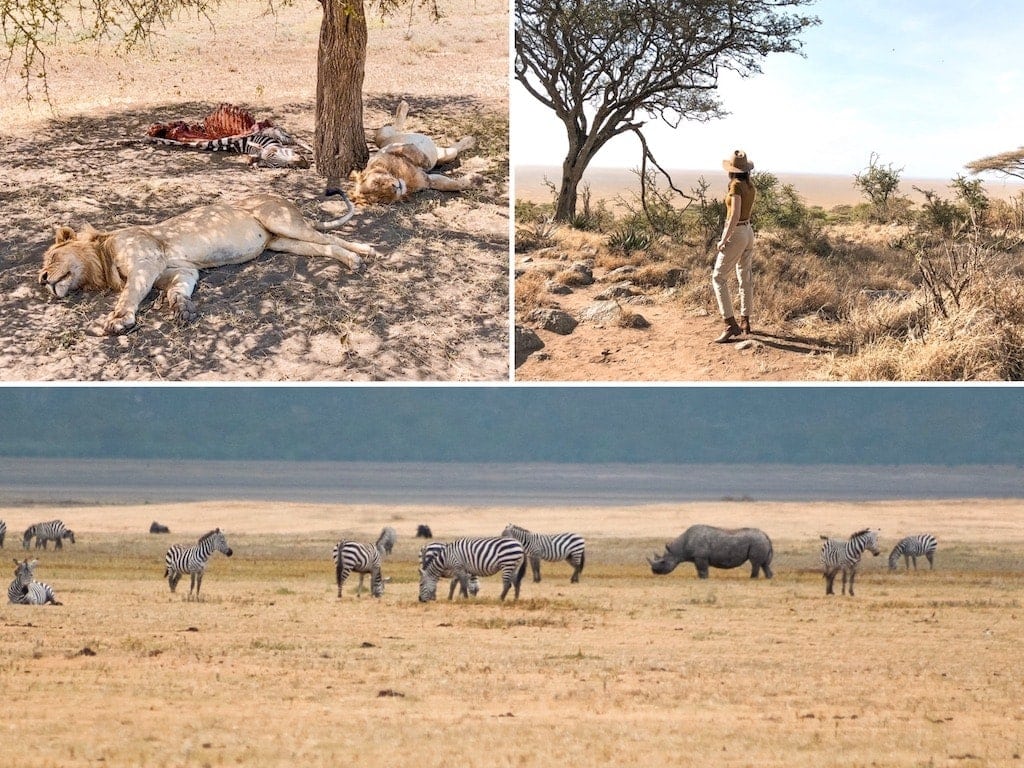
The Most Popular Parks:
Tarangire National Park
Tarangire National Park is located in Tanzania’s Manyara Region and is located just a few hours from Arusha. It is one of Tanzania’s most underrated parks and is a must-do on any Northern Circuit itinerary. The park is named after the Tarangire River that runs through the park. The Tarangire River is the primary source of water for wildlife during the dry season and thousands of animals migrate to the park from surrounding areas. The wildlife viewing is great year-round though.
Tarangire is heavily vegetated and is one of the greener parks. It’s a beautiful area made up of river valleys and swamps and is famous for its elephants and baobab trees. Tarangire has the largest concentration of elephants in the world. In addition to elephants, there are lions, giraffes, monkeys, and baboons. Tarangire often gets skipped over for the more well-known Serengeti, but I really can’t recommend it enough. It’s a much more quiet and peaceful park. It was the perfect way to spend the first day on safari.
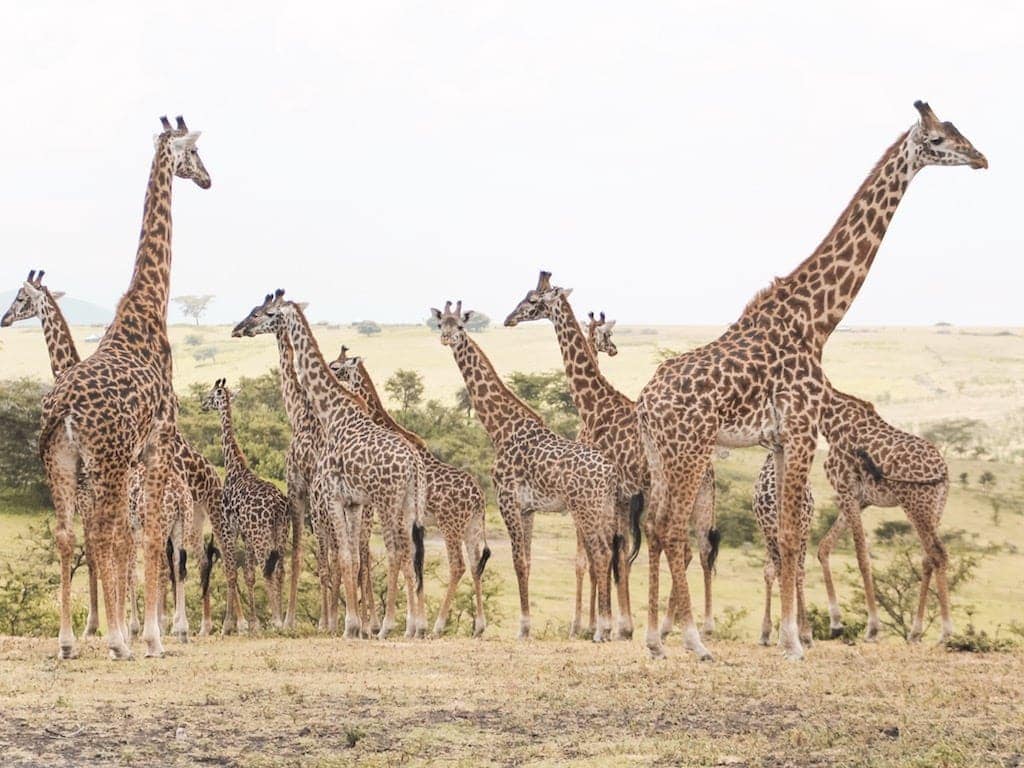
Serengeti National Park
Serengeti National Park is located in northwest Tanzania and is the country’s oldest and most well-known park. It is a large park, occupying 14,763 sq km (5,700 sq mi), and is famous for its beautiful grassland plains and annual wildebeest migration. The large park is divided into five regions: Central Serengeti, Western Corridor, Northern Serengeti, Southern Serengeti, and Eastern Serengeti. The Southern and Central regions are the most popular and are where I spent my time. Although it is possible to see all of the Big Five in the Serengeti, it can be difficult.
My second day of safari was spent in the southern region. I visited this area in hopes of seeing the Wildebeest migration. Not only did we see tons of wildebeests, but lots of big cats (lions and cheetahs) and zebras as well. It was a great day. There weren’t many other people out in the area and we were really able to get close to many animals. The third day was spent in Central Serengeti. We spotted the difficult-to-find leopard here as well as hyenas, gazelles, antelope, and even a desert tortoise.
Ngorongoro Conservation Area
The Ngorongoro Conservation Area is a protected area and was designated a UNESCO World Heritage Site in 1979. It’s named after the Ngorongoro Crater, the highlight of the area. The crater is the world’s largest inactive and intact volcanic caldera. It was formed about 2.5 million years ago when the cone of a large active volcano collapsed.
Today, its nutrient-rich floor is the perfect place for one of the world’s densest animal populations. The caldera measures 16-19 km (10-12 mi) wide and is mostly open grassland, making it the ideal place for wildebeest and zebra to graze. The crater has approximately 25,000 large animals, including twenty-six black rhinoceross and a large lion population. Above the crater, within the surrounding conservation area, the Maasai tribe can be seen wandering the roads and their villages dot the landscape.
The area is gorgeous. Our last day of safari was spent exploring the Ngorongoro Conservation Area. It’s very much possible to see the Big Five within the crater. The rhino is the most difficult to find, but with the help of our great guide, we were able to spot two. You can also expect to see all the previously mentioned animals plus hippos and buffalo.

Where to Stay on Safari
Lodging is almost always included in a safari package but it can also be booked independently. If booked independently, the lodge or camp can assist you with the booking of game drives and activities.
Serengeti Serena Safari Lodge is a beautiful lodge and one of my personal favorites, It’s a lodge that many safari operators work with. You can likely request it when booking your safari. If booked independently, the lodge offers daily game drives and nature walks.
Ndutu Woodlands Camp is located on the edge of southern Serengeti and is a great luxury camp option. You’ll get to experience being out in the bush but will all the amenities. The large canvas tents have private bathrooms, comfortable beds, and toiletries.
Ngorongoro Serena Safari Lodge
Ngorongoro Serena Safari Lodge is another incredible lodge. It has beautiful rooms with patios that open up to views of the Ngorongoro crater. It also offers a handful of activities if booked independently. These include game drives, bush breakfasts, walks, and more.
Have you been to Tanzania? Do you have any other advice for travelers wondering what to expect on safari? If you’ve enjoyed this post, please leave a comment or share using the social media buttons below. Don’t know how to pack for safari? Continue to my post, “Packing for Safari: Everything You Need to Know“.
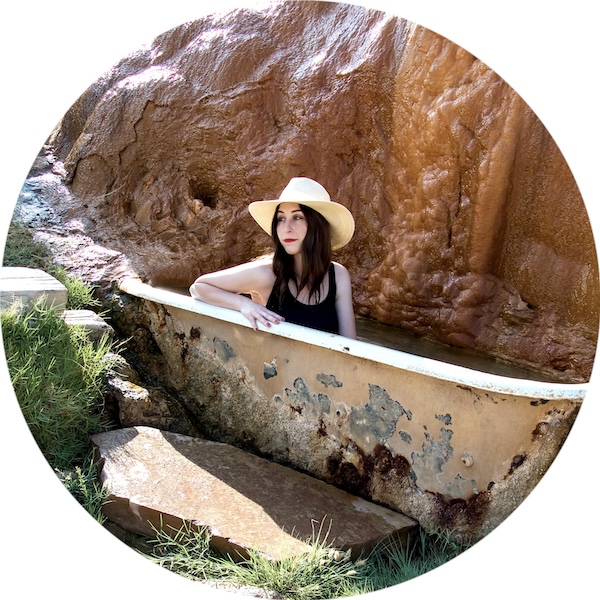
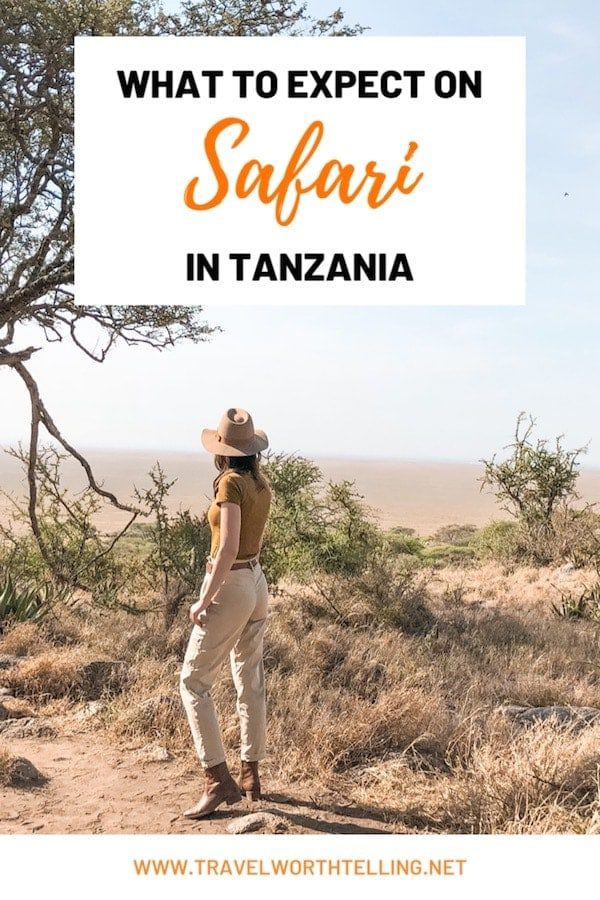
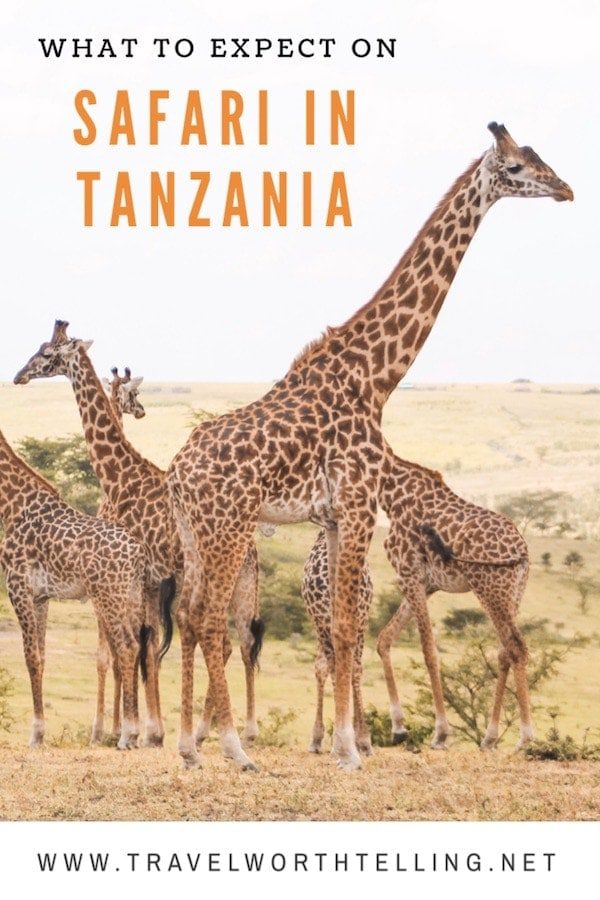
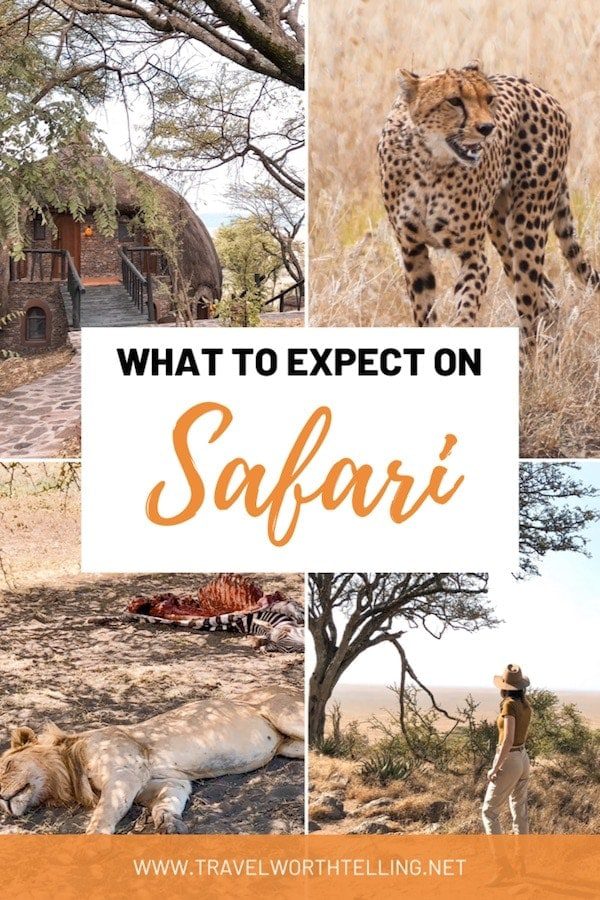
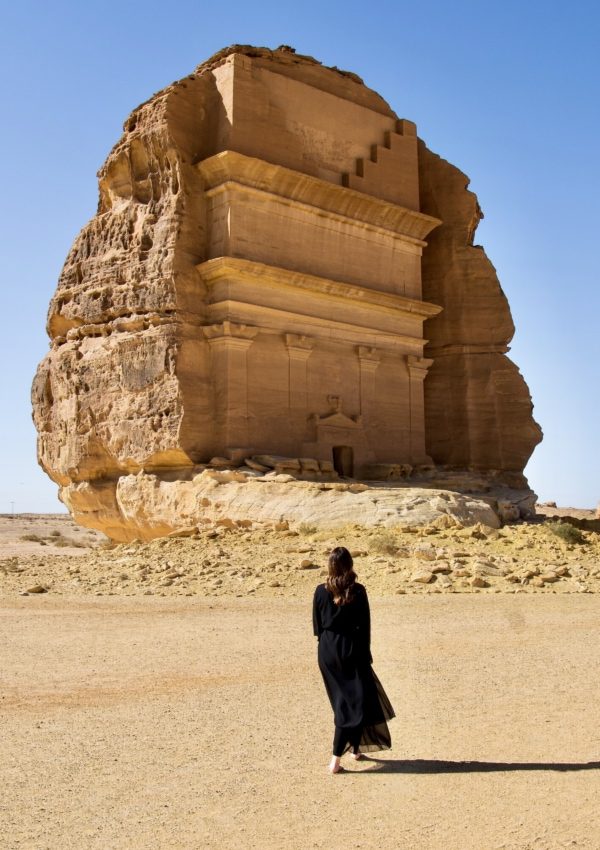

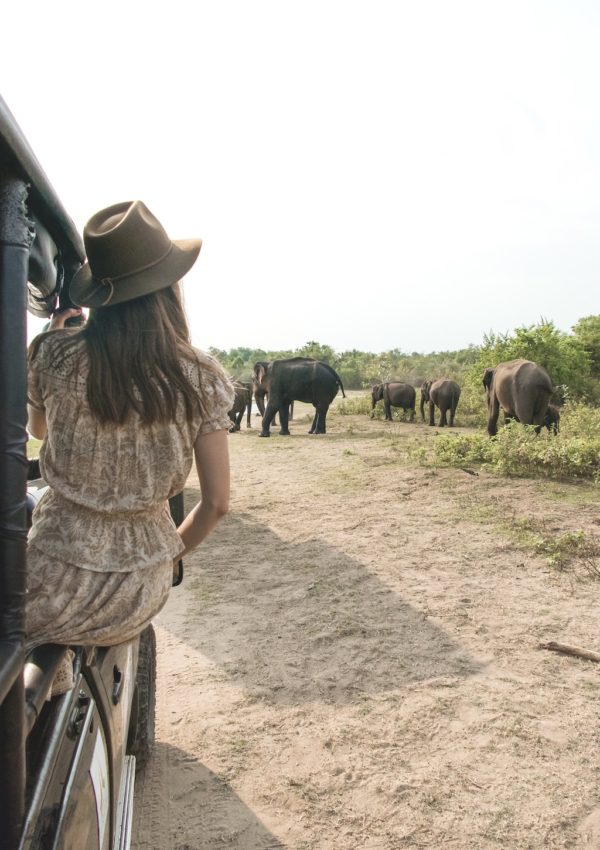
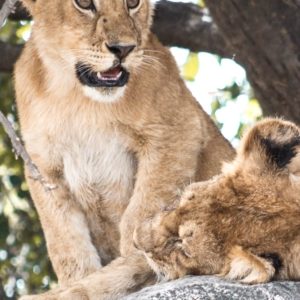


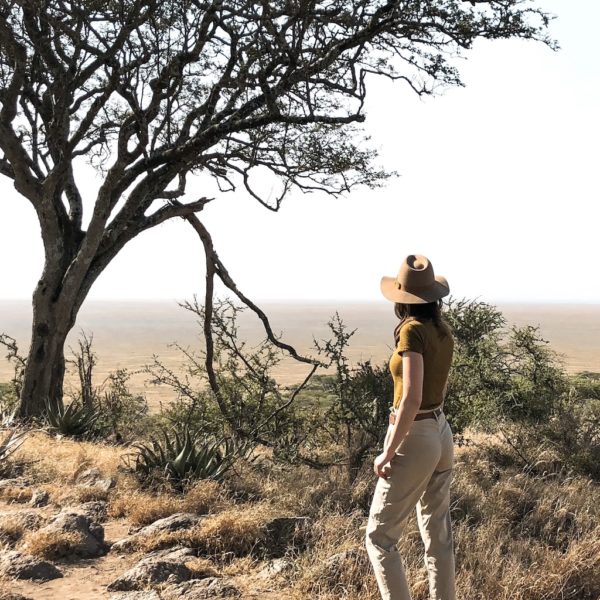
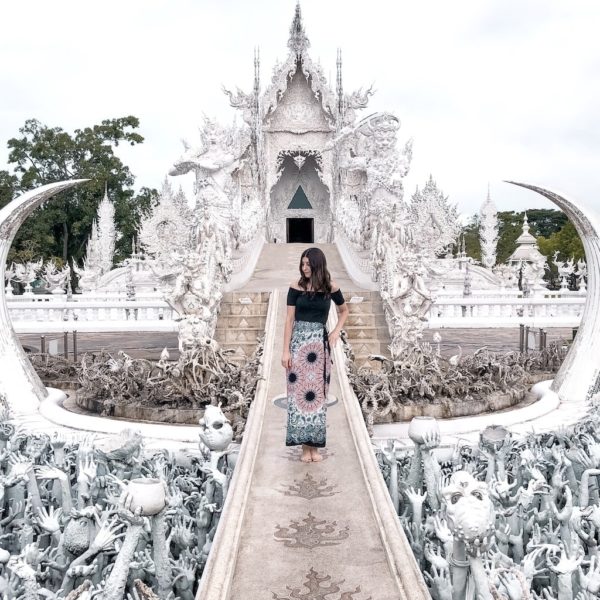
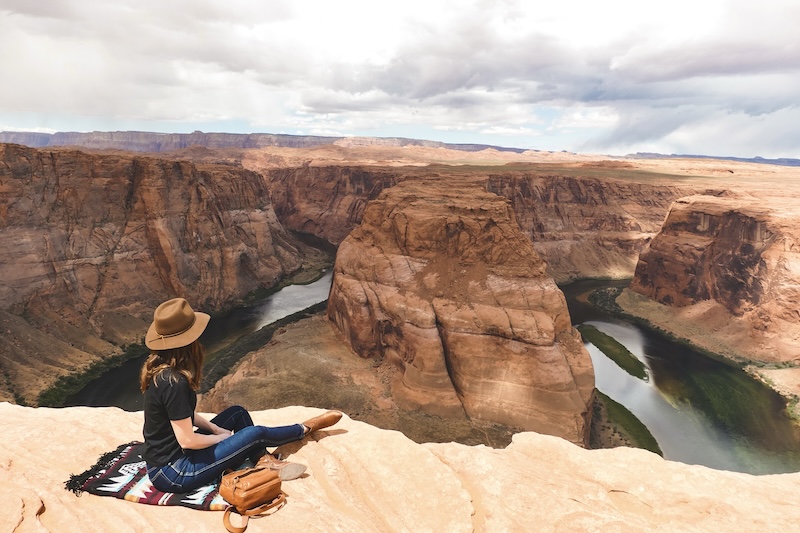
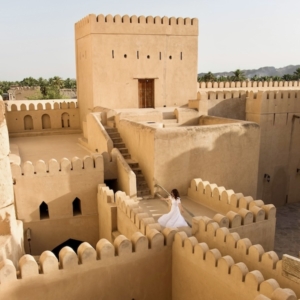
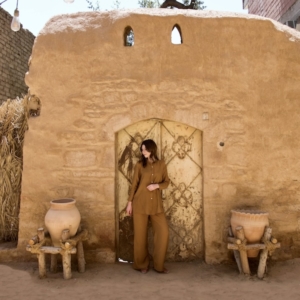
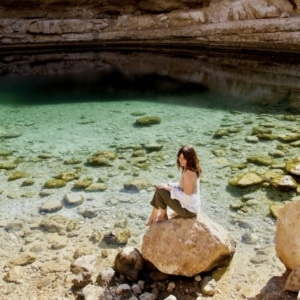
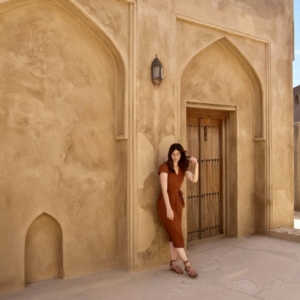
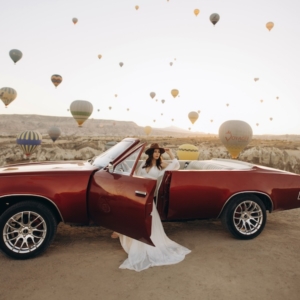
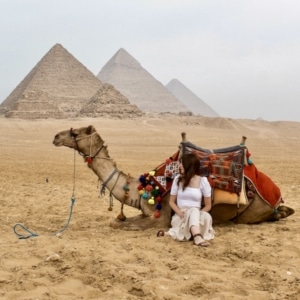
Wow! This trip is a dream for me. Id say its amazing seeing these animals in the wild where they belong. Inspiration!
Aoife
http://www.alpha-adventures.ie
#gltlove
Yes! Seeing them in the wild and watching them interact with each other is absolutely amazing.
I’m ready to go on safari just from reading this! I can’t wait to go. Thank you!!!!!
You’re welcome! I hope you have an amazing time on your safari!
This is so informative thank you! I have been wanting to do this for sometime but have found that there are so many choices that I get lazy. This will give me a good head start. Was it lucky that you saw the Big Five or are you pretty much guaranteed you will spot them within a few days? The wildebeest migration is something I have ever only seen on TV. I would LOVE to witness this with my own eyes. What a great trip:)
I think you are pretty much guaranteed to see 4 of the 5. The rhino and the leopard are the tough ones. We saw two leopards, but from a distance. They like to hide high up in trees. A good guide will know where to look though and a lot of the guides know each other and communicate over the radio if an animal is spotted.
OMG ? Total bucket list item! Thank you for sharing your experience. I can’t wait to go one day myself!
Yes! Definitely a must do!
This sounds amazing. A safari is high on my bucket list! We had our honeymoon in Zanzibar and desperately wanted to do a safari Tanzania then but my hubby’s not into wildlife really so I decided to save it for a solo or girls trip Are you able to share what the budget for this was please?
Hi! I wish I would have had time for Zanzibar. It looks beautiful! The safari was $2250 per person (not including flights) for 5 days/4 nights.
Love this! I’m inspired to go now!
Thanks for reading! Definitely go if you get the chance!
Thank you for this article. I love reading about the experiences of others because it helps me decide what I want to do. I hope to do this one day!
You’re welcome! Thanks for reading! I’m glad it was helpful :)
My hubby and I booked a safari but it had to be cancel found out 2 days ago he had pancreatic cancer
Oh no. I’m so sorry to hear that.
Thank you for sharing your incredible experience. Amazing.
Welcome! Thank you for reading!
Fantastic post Meghan! I love your animal photos!
You were so lucky to see cheetahs!
We had a similar adventure in Kenya, and I loved seeing the animals soooo much! I didn’t think I’d be that into it, but once we were there, I couldn’t stop making “squeeee” sounds! lol
Ohhh this is at the TOP of my travel list and I can’t wait to finally make it happen. Love the tips and details. Saving for later!
I’m actually hoping to go to Tanzania next year! I’ve heard that it is actually a great place for roadtripping a well, and I really love exploring by car. Either way, it looks like an amazing county!
It’s an amazing country! I wish I would have had more time there.
This looks like an amazing experience! That is so great and lucky that you got to see all Big 5! I never knew why they called them the Big 5, so interesting to learn. Thank you for the helpful tips! ?
Oh this is lovely! Thanks for sharing, I´m going to Kenya and Tanzania in August, so excited! Hoping to se the BIG 5 as well :)
You’re going to have an amazing time!
Beautiful photos and quite inspiring. Hope to experience it one day.
Nice Article! I’ve really been enjoying your posts, Keep it up.
Wonderdul blog with a very nice photos. Thank you for sharing.